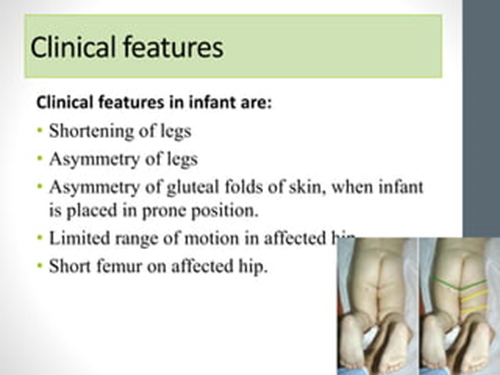A nurse is caring for an 8-month-old child who starts to cry when his parents leave. The nurse should make which of the following statements to the parents?
"At this age you should expect your child to be upset when you leave."
"Your child needs to rest."
will notify the provider of his behavior."
"Your child is responding to an overstimulating environment."
The Correct Answer is A
A. "At this age you should expect your child to be upset when you leave.": This statement provides normalcy to the parents' experience and reassures them that their child's reaction is typical for his age. It acknowledges the child's developmental stage and separation anxiety, helping to alleviate parental concerns.
B. "Your child needs to rest.": While rest is important for infants, this statement does not address the child's emotional needs or the parents' concerns about leaving their child. It may also minimize the significance of the child's distress.
C. "I will notify the provider of his behavior.": Notifying the healthcare provider may be appropriate if the child's distress continues or if there are concerns about the child's well-being, but this statement does not directly address the parents' concerns or provide guidance on how to manage the situation.
D. "Your child is responding to an overstimulating environment.": This statement suggests a possible cause for the child's distress but does not provide guidance or reassurance to the parents on how to address the situation or manage their child's reaction.
Nursing Test Bank
Naxlex Comprehensive Predictor Exams
Related Questions
Correct Answer is C
Explanation
A. "I will restrict the amount of salt in my child's meals."
Restricting salt intake is not typically recommended for children with cystic fibrosis (CF). In fact, individuals with CF often have increased salt requirements due to excessive salt loss through sweat. Restricting salt intake could potentially lead to electrolyte imbalances. Therefore, this statement does not demonstrate an understanding of the dietary management necessary for CF.
B. "I will put my child in daycare to ensure that she socializes with other children."
While socialization is important for a child's development, placing a child with CF in daycare may increase their risk of exposure to respiratory infections, which can be particularly dangerous for individuals with CF due to their compromised respiratory function. Therefore, this statement does not demonstrate an understanding of the infection control measures necessary for managing CF.
C. "I will make sure my child washes her hands before eating.”
This statement demonstrates an understanding of infection control measures, which are crucial for individuals with CF to reduce the risk of respiratory infections. Washing hands before eating helps prevent the transmission of bacteria and viruses that can cause respiratory infections. Therefore, this statement indicates an understanding of an important aspect of managing CF.
D. “I will provide low-fat meals for my child."
Providing low-fat meals is not typically recommended for children with CF. CF often leads to malabsorption of fats, so a diet high in calories and fat is typically recommended to ensure adequate nutrition and weight gain. Therefore, this statement does not demonstrate an understanding of the dietary recommendations necessary for managing CF.
Correct Answer is ["A","D"]
Explanation
A. Inwardly turned foot on the affected side.
This finding is consistent with DDH. In infants with DDH, the affected leg may appear shortened and rotated inwardly due to hip instability or dislocation.
B. Lengthened thigh on the affected side.
This finding is not typically associated with DDH. In fact, the affected thigh may appear shortened rather than lengthened due to abnormal positioning of the hip joint.
C. Absent plantar reflexes.
Absent plantar reflexes are not directly related to DDH. Plantar reflexes assess the function of the spinal nerves in the lower extremities and are not typically affected by hip dysplasia.
D. Asymmetric thigh folds.
This finding is consistent with DDH. Asymmetric thigh folds, where one thigh appears fuller or has more skin folds compared to the other, can be indicative of hip dysplasia. The skin folds may be more prominent on the unaffected side due to the displacement of the femoral head on the affected side.

Whether you are a student looking to ace your exams or a practicing nurse seeking to enhance your expertise , our nursing education contents will empower you with the confidence and competence to make a difference in the lives of patients and become a respected leader in the healthcare field.
Visit Naxlex, invest in your future and unlock endless possibilities with our unparalleled nursing education contents today
Report Wrong Answer on the Current Question
Do you disagree with the answer? If yes, what is your expected answer? Explain.
Kindly be descriptive with the issue you are facing.
